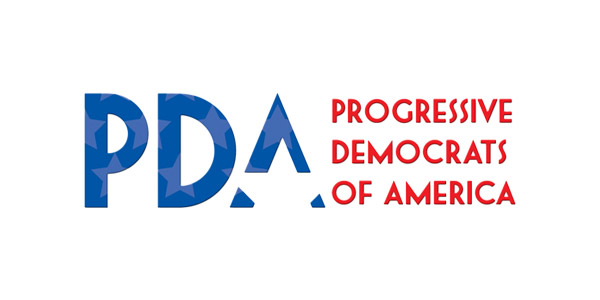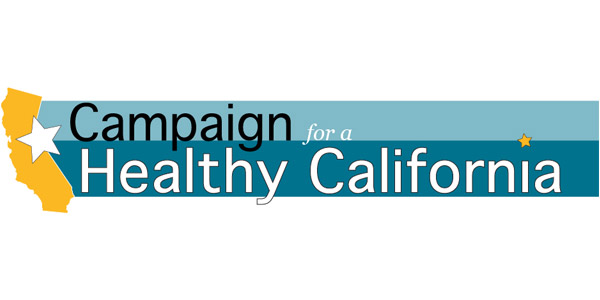Economists see flaws in Whitman’s policy proposals
By Seema MehtaLos Angeles TimesAugust 10, 2010An open letter from a group of progressive experts finds the Republican’s policies if implemented would deepen the budget crisis, raise unemployment and cut growth.Meg Whitman’s economic policies are based on a flawed understanding of the challenges California faces, and the Republican gubernatorial nominee’s proposals would make the state’s troubles worse, according to an open letter to Californians signed by a group of mostly Democratic economists from throughout the state.”The evidence and theory that Whitman uses to diagnose California’s problems are unscientific and an unsound basis for policy,” the economists write. “As a result, her diagnosis and her proposed economic policies are both deeply flawed. If implemented, her policy proposals will deepen California’s budget crisis and are likely to reduce employment and economic growth.”The letter and an 18-page report detailing their findings will be released Tuesday by the advocacy arm of the Center for American Progress, a left-leaning nonprofit think tank in Washington. The professors who signed the letter are well regarded in their fields and include Kenneth Arrow, a Stanford University economist and Nobel laureate.Whitman’s supporters said the report was tainted by partisanship.”The same people who are engineering our nation’s blundering economic recovery are now criticizing candidates who are committed to balancing budgets through spending cuts, targeted tax relief and job creation,” said Crystal Feldman, spokeswoman for the California Republican Party. “If these guys were so smart, maybe unemployment wouldn’t be at 9.5% and our national deficit wouldn’t have ballooned to over $13.3 trillion.”A spokeswoman for Whitman declined comment.The study, written by UC Berkeley economist Michael Reich, analyzes the 48-page policy booklet Whitman unveiled during the primary campaign. Reich said he saw the book and instantly noticed statements that he knew were inaccurate, so he rounded up fellow economists who were willing to scrutinize it.”She claims to have a plan that’s very detailed and based on careful research. But it really isn’t careful at all, and it’s misguided,” Reich said. “It has a lot of incorrect assumptions. A lot of studies she draws on are useless or kind of misleading and don’t agree with well-accepted economic research…. They’re making promises that cannot be fulfilled.”Reich said Whitman’s Democratic rival, Jerry Brown, had released too few policy documents to conduct a similar review, and he hopes to complete an assessment once Brown announces more plans.Whitman has said California is suffering because its residents are overtaxed, businesses are over-regulated and the state’s bureaucracy is bloated.Reich writes that each of those suppositions is not based on fact and that Whitman relies on suspect science to overstate the problems. The study and the letter quote two economists who say that one of the studies she cites is “schlock science.”For instance, in saying that California has nearly the worst tax climate of any state in the United States, Whitman relies on a study that looked at the state’s highest income d failed to consider its property taxes, which tend to be lower than in other places.When property levies are included, California’s overall taxes are slightly higher than the average for all states, and during recessionary times, state taxes are lower than average, he writes.Whitman fails to understand that the real foundation of the state’s problems are the national economic downturn, the housing bubble’s burst, which hit California particularly hard, and the lack of a state “rainy day” fund that can be used during downturns, Reich writes.Reich takes issue with many of her proposals to improve the state’s economic viability.The swollen size of state government is a favorite talking point for the candidate, and she has pledged to reduce its ranks by 40,000 workers.Reich writes that California ranks 48th out of the 50 states in the number of employees compared to population. Her plans to trim the state workforce exclude the University of California system, prison guards and police. That means the other areas — education, health, foster care, and the Department of Motor Vehicles — would see one-quarter of their ranks cut, resulting in severe tolls on state services that directly affect Californians’ lives.He says Whitman’s proposal to deal with the state’s $20-billion budget deficit could do the same. The candidate proposes cutting $15 billion from the budget in her first year in office and reducing taxes by billions of dollars.”Alas, these numbers do not add up to $20 billion,” he writes. “And her plan does not specify where most of the cuts will fall.”Since most of the state’s general fund is spent on K-12 schools, higher education, health and human services and prisons, Reich writes that much of the cost-cutting must occur in those areas. He argues that such cuts not only would harm the state’s economic recovery and reduce federal matching funds but also would harm the state’s long-term productivity.”Cuts in these programs will therefore reduce the state’s potential to grow in the future,” he writes.











